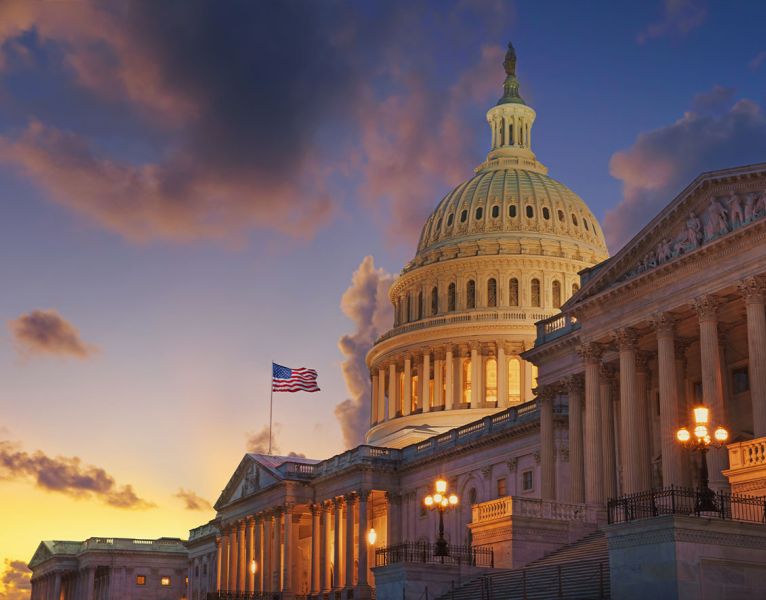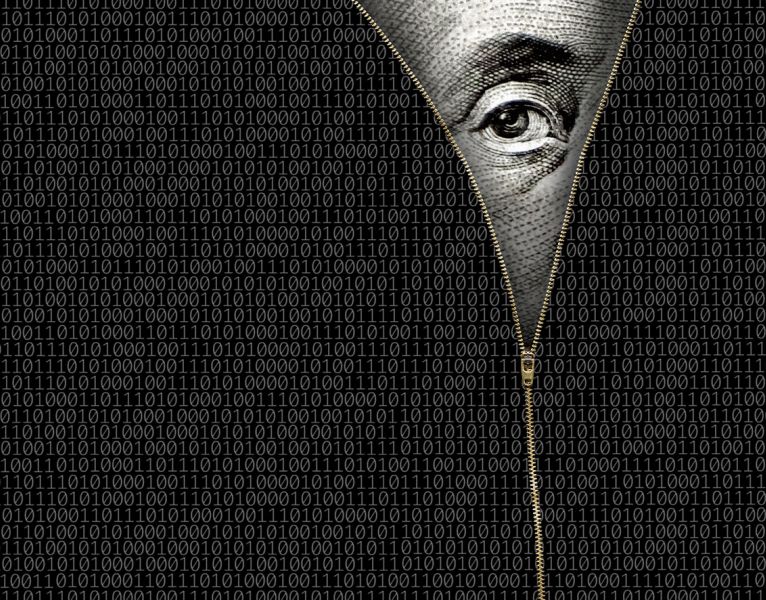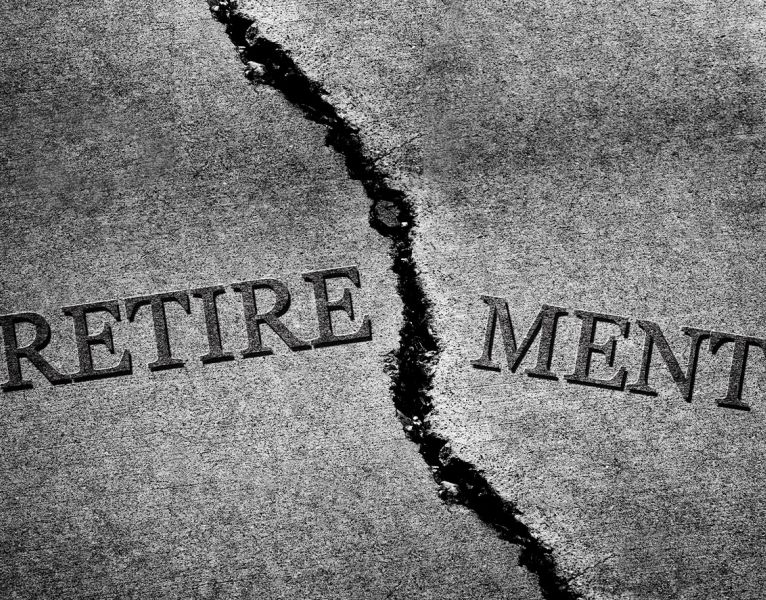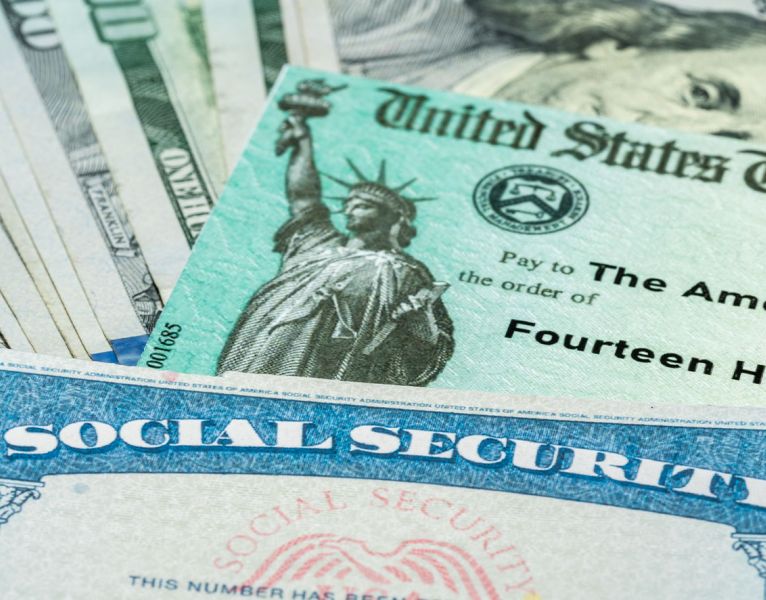Approximately one year after Congress enacted the SECURE 2.0 Act of 2022 (“SECURE 2.0”), the IRS issued Notice 2024-02, which addresses SECURE 2.0 implementation issues and extends the plan amendment deadline. Although Notice 2024-02 offers helpful guidance for employers and plan administrators, it does not include hotly anticipated guidance on SECURE 2.0 overpayment and student loan repayment match details, which will hopefully be covered in a future IRS notice.
Clarification of Establishment Date for Automatic Enrollment Requirement
SECURE 2.0 requires that 401(k) plans established after December 28, 2022, implement automatic enrollment provisions for plan years starting after December 31, 2024. Plan sponsors had questioned how the “establishment date” would apply in the context of plan mergers and spin-offs. Notice 2024-02 provides the following guidance:
- Adoption Date Controls: A 401(k) plan is considered to have been established before December 29, 2022—and not subject to the automatic enrollment requirement—if the terms of the plan were initially adopted before December 29, 2022. In other words, if a plan was adopted on November 1, 2022, with an effective date of January 1, 2023, the plan would not be subject to the SECURE 2.0 automatic enrollment requirements (even though the effective date of the plan was after December 29, 2022).
- Merger of Pre-SECURE 2.0 401(k) Plans: If two or more 401(k) plans established before December 29, 2022, merge into a single ongoing plan, the ongoing plan is not subject to the SECURE 2.0 automatic enrollment requirements.
- Merger of Pre-SECURE 2.0 and Post-SECURE 2.0 401(k) Plans: If a 401(k) plan established after December 28, 2022, merges into a 401(k) plan established before December 29, 2022, the ongoing plan is generally subject to the SECURE 2.0 automatic enrollment requirements—except if the plan merger occurs in connection with a transaction resulting in a change in controlled group, the pre-SECURE 2.0 401(k) plan is designated as the ongoing plan, and the plan merger is completed by the end of the first plan year following the year of the transaction.
- Spin-Off from Pre-SECURE 2.0 401(k) Plan: A spin-off plan from a pre-SECURE 2.0 single employer 401(k) plan is generally treated as exempt from the automatic enrollment requirements, even if the spin-off occurs after December 28, 2022. With respect to a spin-off from a pre-SECURE 2.0 multiple employer 401(k) plan, the spin-off plan is exempt from automatic enrollment only if the spin-off plan sponsor had adopted the multiple employer plan before December 29, 2022.
Matching and Nonelective Roth Contributions
Under SECURE 2.0, a 401(k) plan may permit participants to designate employer matching and nonelective contributions as Roth contributions. (Before SECURE 2.0, only employee contributions could be designated as Roth contributions.) Notice 2024-02 confirms the following points:
- Optional for Plan Sponsors: 401(k) plans that currently permit participants to designate employee contributions as Roth contributions are not required to implement matching and nonelective Roth contributions. 401(k) plans that do not currently permit Roth employee contributions may implement Roth matching and non-elective contributions without offering Roth employee contributions.
- Participant Must Be Vested in Matching or Nonelective Contributions: A participant must be vested in the particular type of contribution (either matching or nonelective contribution) before designating it as a Roth contribution.
- Employer Reporting: Matching and nonelective Roth contributions are not treated as wages for purposes of FICA and FUTA taxes. Employers must report matching and nonelective Roth contributions as if such contributions were directly rolled over to a designated Roth account in a Roth in-plan conversion.
Distributions to Terminally Ill Individuals
Early distributions from retirement plans are subject to a 10% additional tax, unless they qualify for an exception. SECURE 2.0 added an exception from the 10% additional tax for distributions made to a terminally ill individual provided the distribution is made on or after the date on which the participant has been certified by a physician as having a terminal illness. Notice 2024-02 provides the following clarifications:
- Not a Separate Distribution Event—Yet: The exception to the 10% additional tax for terminal illness distributions did not create a separate distribution right, meaning that the individual must otherwise be eligible for a distribution under the terms of the plan (for example, upon hardship or disability). However, the SECURE 2.0 Technical Corrections Bill, discussed in our prior post, would modify SECURE 2.0 to provide a separate distribution event for terminal illness distributions. So stay tuned.
- Terminally Ill Individual May Separately Report Terminal Illness Distributions: If a plan does not implement terminal illness distributions (which is permissible, as this provision is optional), a terminally ill individual may nevertheless treat a qualifying distribution as a terminal illness distribution on his individual tax return. (If the plan does not implement terminal illness distributions, the 10% additional tax should continue to be withheld, regardless of how the individual elects to treat it for income tax purposes.)
- No Stated Limit and Individual May Recontribute Terminal Illness Distributions: There is no stated limit on the amount of terminal illness distributions that a participant may withdraw. The individual may recontribute the terminal illness distribution to a qualified retirement plan to which he is eligible to make rollovers, subject to similar recontribution guidelines as apply for qualified birth or adoption distributions.
Mid-Year Replacement of SIMPLE IRA Plan with 401(k) Safe Harbor Plan
SECURE 2.0 relaxed the rules that prohibited mid-year SIMPLE IRA terminations so that a SIMPLE IRA may be terminated mid-year and replaced with a safe harbor 401(k) plan. Notice 2024-04 clarifies that employees must be notified at least 30 days in advance of the SIMPLE IRA termination. During the transition year, the contribution limits to the SIMPLE IRA and the safe harbor 401(k) plan cannot exceed the weighted average of the separate plan limits based on the number of days in the transition year that each plan was active.
Offering De Minimis Financial Incentives for Enrollment
SECURE 2.0 provides that employers may offer de minimis financial incentives to boost employee participation in a 401(k) plan. In Notice 2024-04, the IRS confirms that a financial incentive will be considered de minimis for purposes of this rule if it does not exceed $250 in value and it is provided to employees who do not have a deferral election in effect at the time the incentive is offered.
Correction of Automatic Contribution Failures
The IRS Employee Plans Compliance Resolution System (“EPCRS”) provides a safe harbor for self-correction of deferral failures under automatic contribution arrangements. Under the safe harbor, plans generally may correct missed deferrals by providing a corrective matching contribution (adjusted for earnings), but are not required to make a corrective contribution for the missed deferrals—provided that notice is given to employees within 45 days after the correct deferrals restart and the correction occurs within 9 ½ months after the plan year in which the deferral failure first occurred. Although the EPCRS safe harbor was set to expire on December 31, 2023, SECURE 2.0 codified and made permanent the safe harbor for errors after December 31, 2023. Notice 2024-02 offers the following guidance:
- Effective Date for Errors: Notice 2024-02 clarifies that for purposes of determining whether the SECURE 2.0 safe harbor applies to a deferral error, the deadline is keyed to the date by which an employer must make the correction. This means that deferral errors starting before December 31, 2023 may be covered by the new safe harbor so long as the deadline to correct them occurred after December 31, 2023.
- Terminated Employees: Notice 2024-02 confirms that a plan sponsor may rely on the safe harbor for both active and terminated employees—subject to adjusting the correction notice for terminated employees to remove the reference for restarting deferrals and making up contributions.
- Deadline for Making Corrective Matching Contributions: As noted above, the employer must make a corrective matching contribution (adjusted for earnings) to make up for any matching contributions the employee would have received if there had been no deferral error. SECURE 2.0 requires that the corrective matching contribution be made within a “reasonable period”. Notice 2024-02 provides that whether the corrective match is allocated within a reasonable period depends on “all relevant facts and circumstances,” but will be treated as made within a reasonable period if allocated within six months after correct deferrals restart. For deferral errors first occurring before January 1, 2024, corrective matching contributions made by the end of the third plan year after the deferral error first occurred will be considered made within a reasonable period.
Amendment Deadlines Extended
Finally, Notice 2024-04 extends the statutory deadlines for the adoption of SECURE, CARES, and SECURE 2.0 plan amendments. The following amendment deadlines now apply:
- For plans other than collectively bargained plans, the deadline is December 31, 2026.
- For collectively bargained plans, the deadline is December 31, 2028, if the plan is maintained under a collective bargaining agreement ratified before December 29, 2022. For all other collectively bargained plans, the deadline is December 31, 2026.




